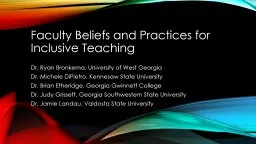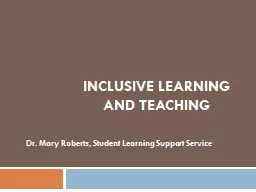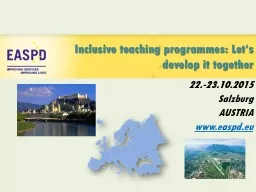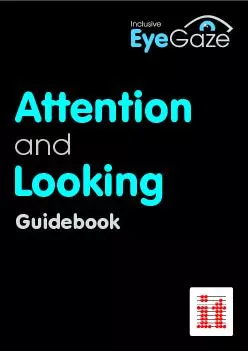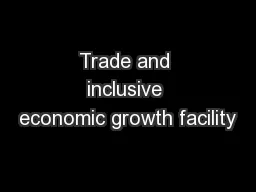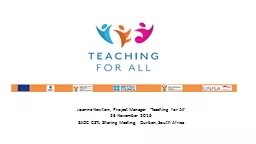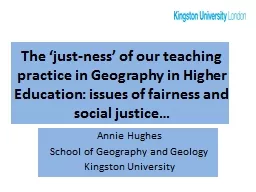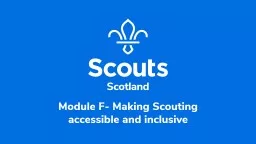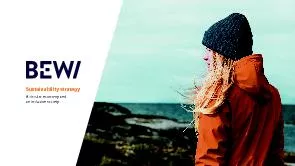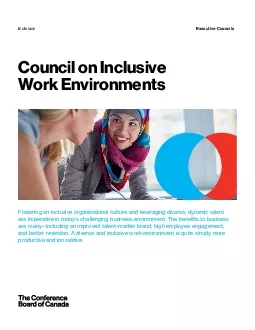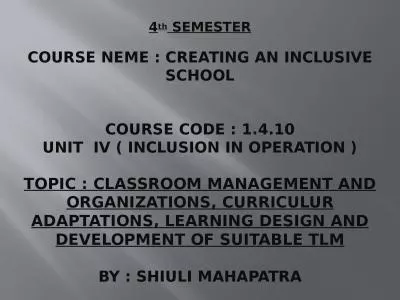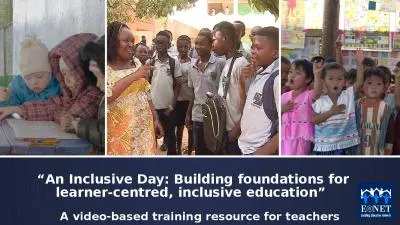PPT-Faculty Beliefs and Practices for Inclusive Teaching
Author : trish-goza | Published Date : 2019-12-08
Faculty Beliefs and Practices for Inclusive Teaching Dr Ryan Bronkema University of West Georgia Dr Michele DiPietro Kennesaw State University Dr Brian Etheridge
Presentation Embed Code
Download Presentation
Download Presentation The PPT/PDF document "Faculty Beliefs and Practices for Inclus..." is the property of its rightful owner. Permission is granted to download and print the materials on this website for personal, non-commercial use only, and to display it on your personal computer provided you do not modify the materials and that you retain all copyright notices contained in the materials. By downloading content from our website, you accept the terms of this agreement.
Faculty Beliefs and Practices for Inclusive Teaching: Transcript
Download Rules Of Document
"Faculty Beliefs and Practices for Inclusive Teaching"The content belongs to its owner. You may download and print it for personal use, without modification, and keep all copyright notices. By downloading, you agree to these terms.
Related Documents

